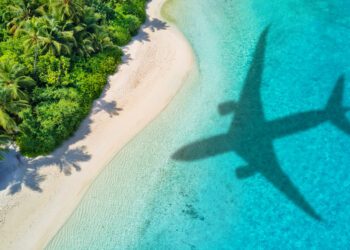The 100ml airport liquid rule, which has been in place for over a decade, is set to end. This rule was implemented in response to security concerns following the 9/11 terrorist attacks. The security measure has long been an inconvenience to many travelers since exceeding the limit meant having liquids confiscated at security checkpoints.
The rule change, which was announced by the International Air Transport Association (IATA), will take effect in the coming months and will allow travelers to carry an unlimited amount of liquids, gels, and aerosols in their carry-on bags, as long as they pass security screening.
The decision to end the 100ml rule has been met with a mixed response. Some travelers are thrilled at the prospect of being able to carry more liquids, gels, and aerosols on their flights, while others are concerned about the potential security risks.
One of the main reasons for ending the 100ml rule is the increased use of advanced security technologies at airports. These technologies, such as computed tomography (CT) scanners, can accurately detect and identify liquids, gels, and aerosols, making it possible to screen large volumes of these items quickly and efficiently.
The use of CT scanners has already been introduced at several major airports around the world, and their use is expected to become more widespread in the coming years. This means that airport security staff will be able to screen larger volumes of liquids, gels, and aerosols, without significantly increasing the time it takes to get through security checkpoints.
Another reason for ending the 100ml rule is the changing nature of the threat to aviation security. In the years since the 9/11 attacks, the focus of terrorist groups has shifted away from targeting aircraft and towards other types of attacks, such as bombings and mass shootings. As a result, the threat posed by liquids, gels, and aerosols has diminished, making it less necessary to impose restrictions on their transport.
Despite the increased use of advanced security technologies and the changing nature of the threat to aviation security, some experts are still concerned about the potential security risks of ending the 100ml rule. They argue that terrorists could still attempt to use liquids, gels, and aerosols as part of a broader attack, and that the increased volume of these items allowed on flights could make it easier for them to do so.
Courtesy Aluxurytravelblog By Paul Johnson Article available here.












